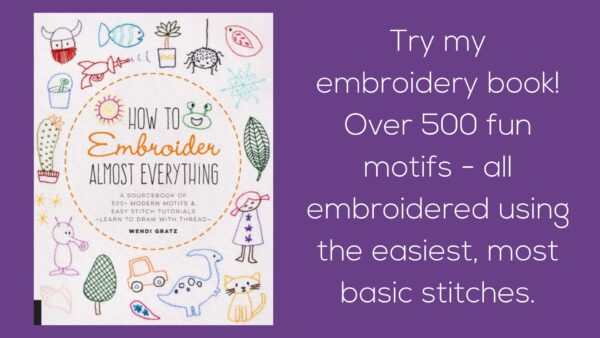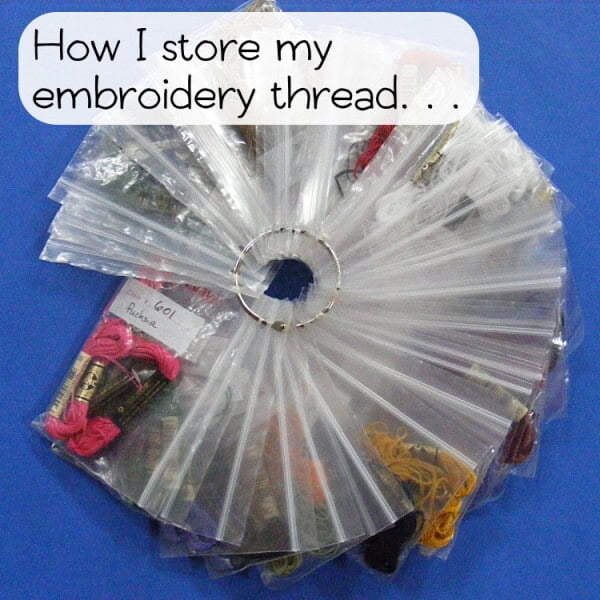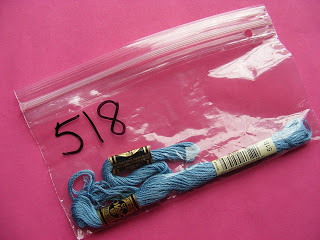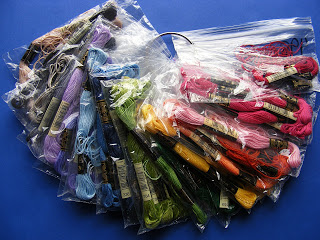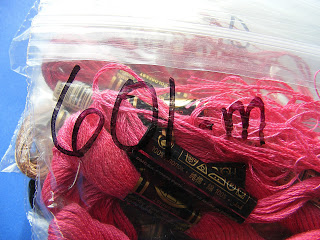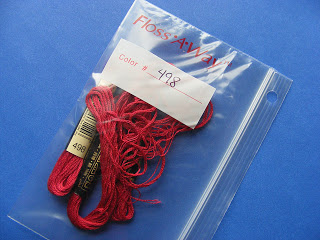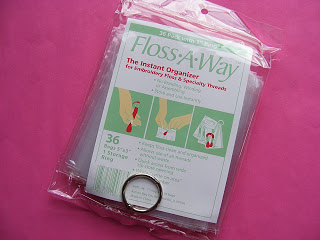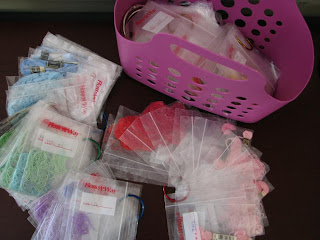I was browsing through the Sulky website recently and I saw Sulky Sticky Fabri-Solvy – a stabilizer that I’ve never seen in a store or even heard of. It sounded amazing, but it was kind of expensive and I thought it might be too good to be true so I ordered just one package to test it out.
I AM HOOKED!
I can’t get over how tremendously, perfectly useful this stuff is! Especially for those of us who buy digital patterns! It’s so amazing that I did a video just for this one product. It replaces everything I normally use. Everything!
See this video on how to transfer embroidery patterns? And this one about embroidering on stretchy fabrics? And this post about removing stabilizer? I now use Sulky Sticky Fabri-Solvy instead of all the products I showed you in those old videos. It works on light fabrics, dark fabrics, napped fabrics, and stretchy fabrics. It’s MAGIC!
I say it all in the video – but it’s worth saying here again. Here’s what’s so great about it. . .
- It’s 8 1/2 x 11 inch sheets that can go through your inkjet printer or a photocopy machine. (Update – it now goes through a laser printer as well!) No more tracing patterns. Ever! Tracing patterns is my least favorite part of an embroidery project and I Will Never Do It Again!
- Peel off the paper back and stick your pattern to your fabric. It sticks REALLY well, but doesn’t leave even a trace of adhesive on your thread or needle. (Update – I’ve since learned that if you leave your embroidery sitting in a hot car in the summer, it will affect the adhesive and make it leave a slight gummy residue on your needle as you work. Yuck! But if you use a little Thread Magic conditioner on your needle and thread it eliminates that residue completely. Yay!)
- Stitch right through the pattern and fabric. The pattern sheet actually stabilizes your fabric, making your stitching even neater. And it works on stretchy fabrics too!
- Dunk your finished embroidery in water and swish it around for a minute or two and every trace of the stabilizer dissolves away.
Watch how it works. . .
(You can find that You Are My Sunshine embroidery pattern here.)
I love this stuff! One package contains 12 sheets and costs $14.99. That works out to a little bit more than $1 per sheet. At first I thought that was a little on the pricey side and I’d just use it on more complicated patterns, but now that I’ve used it on a few projects I’m totally hooked. Pay a buck and I don’t have to trace the pattern, my fabric is beautifully stabilized, it doesn’t matter if I go off the lines a bit, and it rinses away in minutes? Yes please!
I am all about tools and techniques that make my crafting easier and more enjoyable. This is supposed to be fun – right? 🙂
You can buy the stabilizer here. You guys are going to love this stuff!

Here are all my posts about working with patterns.
Pattern Sources
- My book – How to Embroider Almost Everything – has over 500 motifs
- My digital pattern shop
- My free patterns
- How to Work with Digital Patterns
- How to Work with Digital Patterns If You Don’t Have a Printer
How to Resize a Pattern
- How to Transfer and Stabilize an Embroidery Pattern (my preferred method)
- How to Transfer an Embroidery Pattern (other methods)
- How to Enlarge or Reduce Digital Patterns
- How to Use a Tiny Embroidery Pattern to Stitch a T-shirt
Return to the Learn to Embroider main Table of Contents.
Move on to the posts about knots. Yes – a whole section about knots. 🙂

